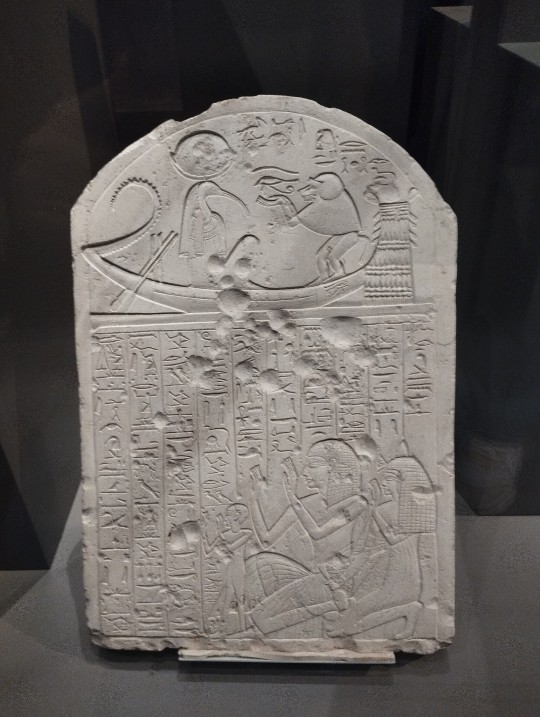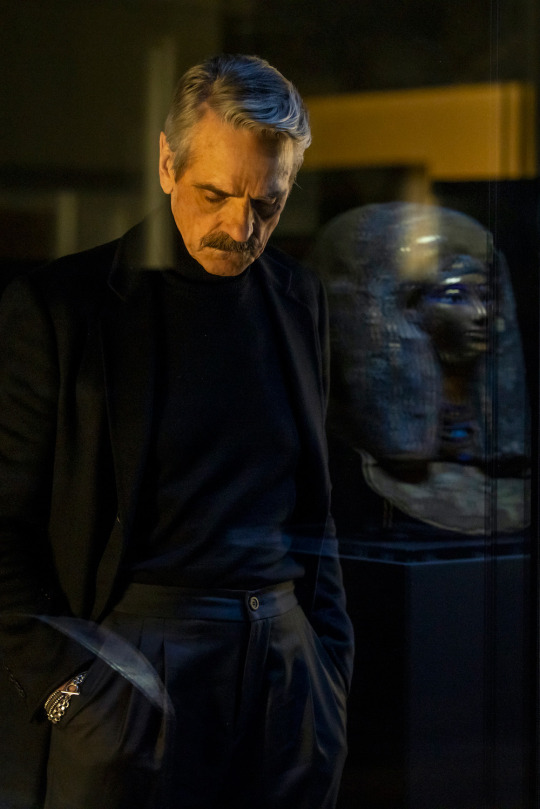#Turin Egyptian museum
Explore tagged Tumblr posts
Text

Egyptian Museum, Turin
Turin, June 2023
89 notes
·
View notes
Text
Never felt the need to make a character Italian more than i feel it every time I think about Tim Drake
#his mother is Gianna (Americanized Janet) Russini but she takes Jack’s last name#he was born in Turin while his parents funded and did research for the Egyptian museum#he lives in Italy until he’s five and then moves to Gotham since Jack is from there#but#what about him screams Italian to you#you may ask#and I’ll say#nothing absolutely nothing#still im gonna make this headcanon my entire personality#he owns a vpn so he can watch sanremo#he goes skiing in the Alps like every other Italian rich kid#he owns a Juventus shirt#he tells the girls (and the boys) he makes the best carbonara ever#(Italians will understand the last one lmao)#he gesticulates like crazy and B has to scold him about doing it on patrol bc he becomes too recognizable#his mothers side of the family refuses to call him anything other than Timoteo (Teo for short)#he punches people whenever he sees a yellow car but refuses to elaborate on why#god I love love love making characters Italian#bc it changes absolutely nothing and makes no sense but it’s so much fun#tim drake#janet drake#dc fandom#dc headcanon#tim drake headcanon#batfam#batfam headcanons#italian tim drake#raaahhh founding this tag
40 notes
·
View notes
Text
Fascinating article by Christina Riggs on the Egyptian Museum in Turin.
12 notes
·
View notes
Text

5 notes
·
View notes
Text

Naturally mummified body of an adult male.
Period: Predynastic Period, Naqada I, 3900–3700 BC.
📍Egyptian Museum, Turin, Italy
1 note
·
View note
Text

Statue of the goddess Sekhmet
New Kingdom, 18th Dynasty, ca. 1391-1353 BC. Reign of Amenhotep III. From Temple of Mut, Karnak. Now in the Egyptian Museum of Turin. Cat. 253
464 notes
·
View notes
Text

The weighing of the heart, from the Book of the Dead of Aaner. A green Anubis kneels amidst the scales, holding the deceased's heart, which also appears on the scale's right-handed tray, with a little Maat goddess in the left tray. Plenty of offerings sit in front of Anubis. To the right, Aaner holds his eyes and his mouth (that is, the hieroglyphs which represent eye and mouth -- he still has an eye and a mouth in his face!).
When: Third Intermediate Period, 21st Dynasty
Where: Egyptian Museum, Turin
#Ancient Egypt#papyrus#Book of the Dead#Anubis#weighing of the heart#Third Intermediate Period#21st Dynasty#Museo Egizio Turin#Aaner
153 notes
·
View notes
Text
𓇉 Atem 𓄣 Anzu 𓇉
I’m back with #revolutionshipping and #FarewellDoujinshi!





Since November, I’ve been deeply immersed in the Farewell doujinshi.
I’ve created new chapters, started designing the cover (still in progress), and nearly finished coloring this drawing.
I’ve also resumed my research, including another visit to the museum in Turin to get to know more about Deir el-Medina.
The final chapters are set in the artists' village, Deir el-Bahari, and the Valley of the Kings (KV62).
There’s been so much happening behind the scenes for this project!
I initially planned to wait before sharing anything, but after all this work, I decided it’s time to give you a small sneak peek.
Keep in mind, these images aren’t complete yet—shadows, lights, and the original background (in Deir el-Bahari) are still missing. For now, these illustrations are presented more like wallpapers.
I’ve also experimented different styles for these visuals to see what resonates best. I’ve added the original pencil sketch too.
This particular scene happens right after Atem reveals something special.
They are standing above Hatshepsut’s Temple at Deir el-Bahari.
I’ve been working hard to make this as historically accurate as possible.
This doujinshi isn’t just about Atem and Anzu; it also explores the 18th Dynasty, Thebes, Aten, Tutankhamun’s family, Egyptian cosmogony, and many interconnected themes.
Here’s a little glimpse of what’s to come—hope you enjoy it!
#yugioh#atem#anzu mazaki#revolutionshipping#tea gardner#王杏#farewelldoujinshi#atemxanzu#遊戯王#ancient egypt#tutankhamen#pharaoh atem#new kingdom#archeology#yami yugi#vanishshipping
63 notes
·
View notes
Text

Seated statue of Pharaoh Thutmose III or Tutmosis III, sixth pharaoh of the 18th Dynasty of Egypt, ruled from 1479 to 1425 B.C. and he was one of the most important monarchs, being during his reign when the ancient Egyptian reached its maximum territorial extension.
Egyptian Museum in Turin, Italy.
493 notes
·
View notes
Text

Ostracon of a Dancer in an acrobatic position. New Kingdom, 19th Dynasty, around 1200 BCE. Limestone and paint. Provenance unknown, possibly Deir el-Medina, West Thebes, later Drovetti Collection, 1824. Now in the Egyptian Museum of Turin. C. 7052
82 notes
·
View notes
Text





Statue of the goddess Sekhmet
1390–1353 BCE (New Kingdom)
Thebes, temple of Mut
Stone / Granodiorite
Egyptian Museum, Turin
In the columns of hieroglyphs on the front of the throne, the goddess is described as “Sekhmet (the Powerful One) of the Thrones of the Two Lands”. Under her feet are the Nine Bows, symbols of the enemies of Egypt. On the sides of the throne is carved the sema-tawy, the knotted heraldic plants of Upper and Lower Egypt representing the union of the Two Lands. (Museum info card). And the bird hieroglyph naturally caught my eye :)
Turin, June 2023
#Egypt#Sekhmet#goddess#ancient#statue#relief#hieroglyph#bird#animal#flower#14th century BCE#art#Turin Egyptian museum
57 notes
·
View notes
Note
For the Public Divorce AU, I can provide all sort of facts about Italy. A few examples:
Standard Italian is literally a memetic mutation. During the Risorgimento (the period in which Italian unification happened), intellectuals from all around were discussing what of the many languages spoken in the peninsula should be used by the unified state, with the big contenders being Romanesco (a dialect of Tuscan spoken in Rome, INfamous for the amount of vulgarities), Dante's "Italian" (Florentine dialect of Tuscan of the early 14th century, used by intellectuals because of the popularity of the Divine Comedy), or an artificial language built from all the others, and suddenly Alessandro Manzoni (native language: Lombard) published the final version of The Betrothed in MODERN Florentine, and the sheer popularity of the novel meant that Standard Italian HAD to be Florentine.
Italians being Italians, getting Rome as a capital was a requirement for the creation of united Italy (it's an Italian thing, can't really explain)... But Pope Pius IX prevented that for over twenty years because any peaceful unification would have forced him to recognize the King of Italy as a political equal, so after the capital was finally taken every city had the street to the main church renamed after September 20, the date the Italian army did the deed, out of sheer pettiness.
Speaking of Pius IX, Bismarck wanted to offer him asylum in Germany because he expected that having him around would push German Catholic to become Protestants (he was Luteran), but his Kaiser didn't want him around.
There's a restaurant in Rome where the gimmick is that the staff insults you and generally shows off the vulgarity of Rome's dialect and traditional songs. You have to reserve a table to eat there because of the gimmick and excellent cooking.
Because Rome and Paris are twin cities, Parisians can enter Rome's museums for free and skip the line, and Romans can enter Paris' museums skipping the line.
Remember Asterix, and the whole "Undefeatable Little Village" thing? The Romans did it first, as during the Second Punic War their fortress of Cremona on the Po river resisted a siege by GAULS allied with Hannibal for over twenty years until Roman reinforcements destroyed the Gauls under Cremona's walls.
No, not EVERYTHING in Italy is linked to Rome in some way. Turin's Egyptian Museum was started by local intellectuals, for example. And it's too big to visit all in one go, you need at least two visits.
Oh dope
26 notes
·
View notes
Note
About the Yami AU... My visit to Turin's Egyptian Museum made me realize that Yami's cultural shock would be immense... And, most importantly, HILARIOUS. To give just one tame example, he'd suggest Izuku puts images of Shigaraki on the soles of his shoes in the convinction it would magically make it more likely for him to defeat the hand villain (yes, a Pharaoh's shoes often had enemies depicted on it so that he could stomp on them at every step as a magic ritual).
Yami wouldn't find that sporting enough
30 notes
·
View notes
Text

The Sun and Moon boats ☀️🌙🛶
Based on these two stelae I saw at Turin's Egyptian Museum:


(don't mind the quality, I took the pictures myself with my crappy phone lol)
100 notes
·
View notes
Text

Jeremy Irons on set at the Egyptian Museum in Turin, Italy, 2021.
#italy makes him hotter I don't make the rules it is what it is#newly released picture doing things to me send help#jeremy irons
82 notes
·
View notes
Text

Bed of Kha
Kha’s bed is a wooden frame with four posts in the shape of lions’ legs. The mattress takes the form of a supporting net. Found with Merit’s bed (Suppl. 8629) were sheets, a fringed bedspread, and a quilted headrest (Suppl. 8631).
Tomb of Kha and Merit (TT8), Deir el-Medina, Thebes. New Kingdom, 18th Dynasty, ca. 1425-1353 BC. Now in the Egyptian Museum of Turin. Suppl. 8327
378 notes
·
View notes